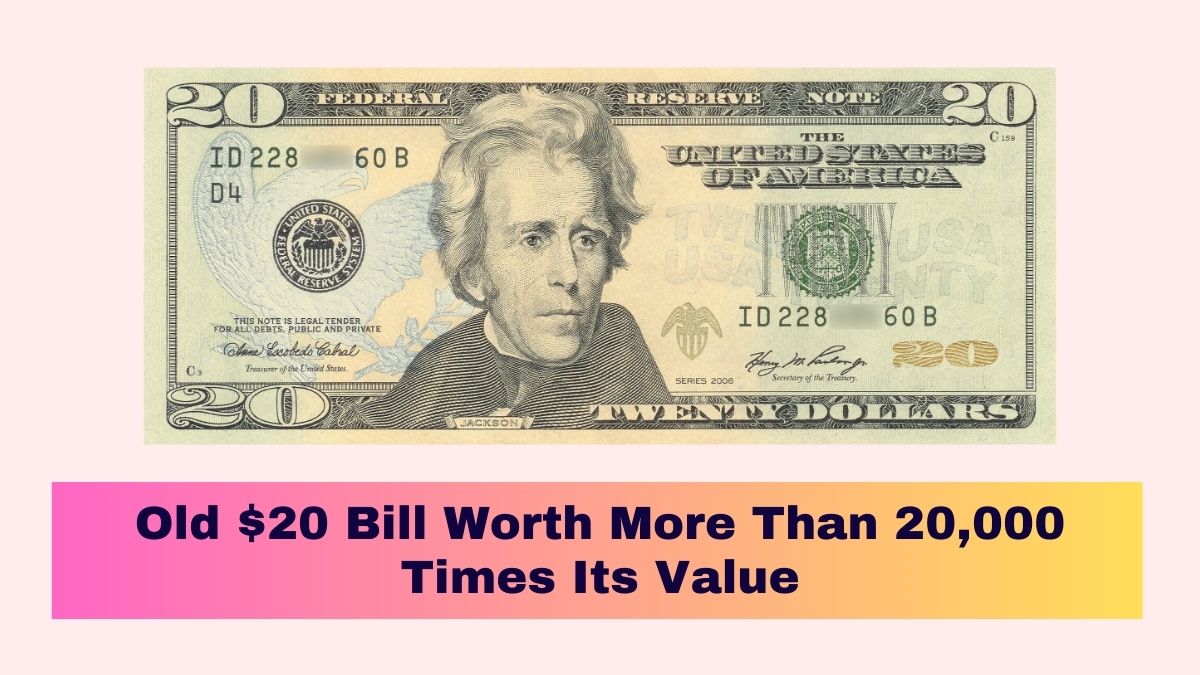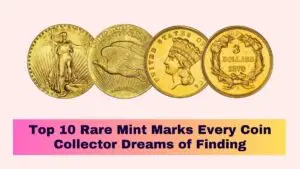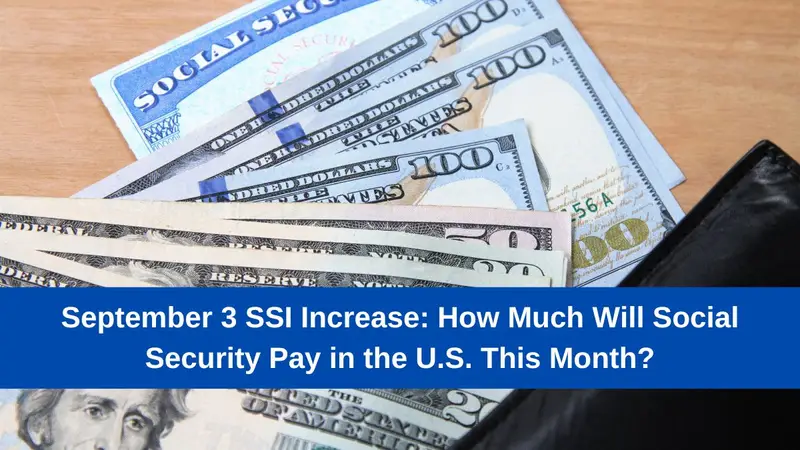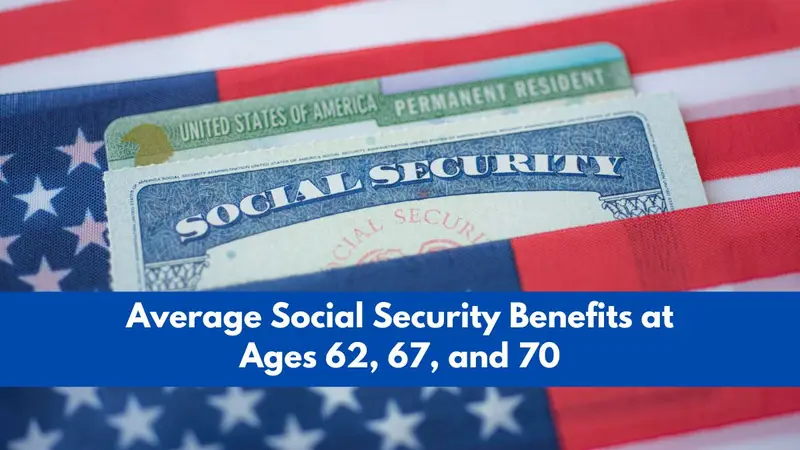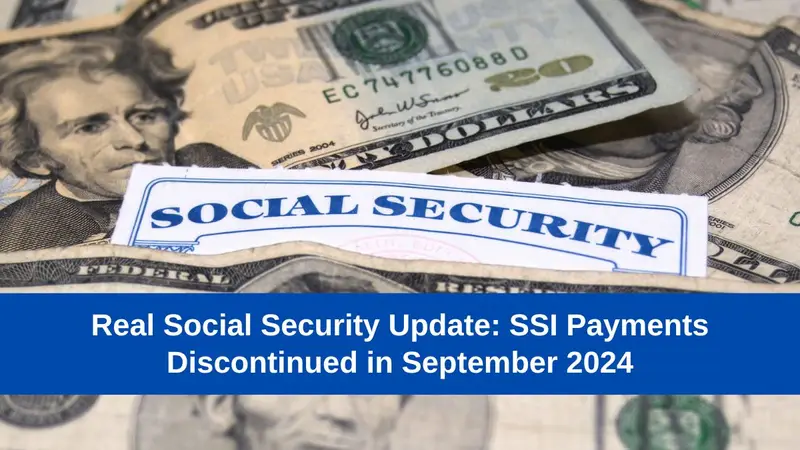Imagine discovering an old $20 bill tucked away in a drawer and learning it’s worth over 20,000 times its face value. While it might sound too good to be true, some rare $20 bills from specific historical periods have fetched extraordinary sums at auctions.
These bills, particularly those from the 1800s and early 1900s, hold immense value to collectors due to their rarity, condition, and historical significance.
In this article, we’ll dive deep into the details, explaining why certain $20 bills are worth a fortune and how you can determine the value of any old $20 bills you might have.
The Historical Context Behind Valuable $20 Bills
The value of old $20 bills is largely influenced by their historical context. During periods like the Civil War and the early 20th century, the U.S. issued various forms of currency to stabilize the economy.
Some of these notes, such as gold certificates, have become incredibly rare due to their limited production and the historical significance of the events they represent.
For example, an 1863 $20 Gold Certificate was one of the earliest forms of paper currency backed by gold, issued to facilitate transactions during the Civil War.
This specific bill was a means of stabilizing the currency amid the chaos of war, making it highly coveted by collectors today.
Most Valuable $20 Bills and Their Auction Prices
| Year | Type of Bill | Estimated Value at Auction | Key Features |
|---|---|---|---|
| 1863 | $20 Gold Certificate | $352,000 | Civil War era, limited issue, backed by gold |
| 1905 | $20 Gold Certificate (Gem New) | $241,000 | “Technicolor” design, vibrant colors |
| 1861 | $20 Demand Note | $72,000 | First official paper currency by the U.S. |
| 1928 | $20 Gold Certificate (Green Seal) | $120 | Small size, exchangeable for gold |
| 1934 | $20 Hawaii Overprint | $1,000+ | Issued during WWII for Hawaii |
What Makes an Old $20 Bill Valuable?
Several factors determine the value of an old $20 bill, including:
1. Rarity
The rarer a bill is, the higher its potential value. Notes like the 1863 $20 Gold Certificate are highly sought after because they were produced in limited quantities and few have survived in good condition.
2. Condition
The condition of the bill is critical in determining its value. Bills in pristine, uncirculated condition can fetch far higher prices than those that are heavily worn. Collectors often use grading systems, such as the PCGS (Professional Coin Grading Service), to assess the condition of bills.
3. Serial Numbers
Some $20 bills are valuable because of their unique serial numbers. For example, bills with low serial numbers (such as 00000001) or “fancy” numbers (e.g., repeating numbers like 88888888) are highly desirable among collectors.
4. Historical Significance
Bills tied to important historical events or issued during significant periods tend to be more valuable. The 1861 $20 Demand Note, for instance, was the first official paper currency issued by the United States government, adding to its value and desirability.
Famous Examples of High-Value $20 Bills
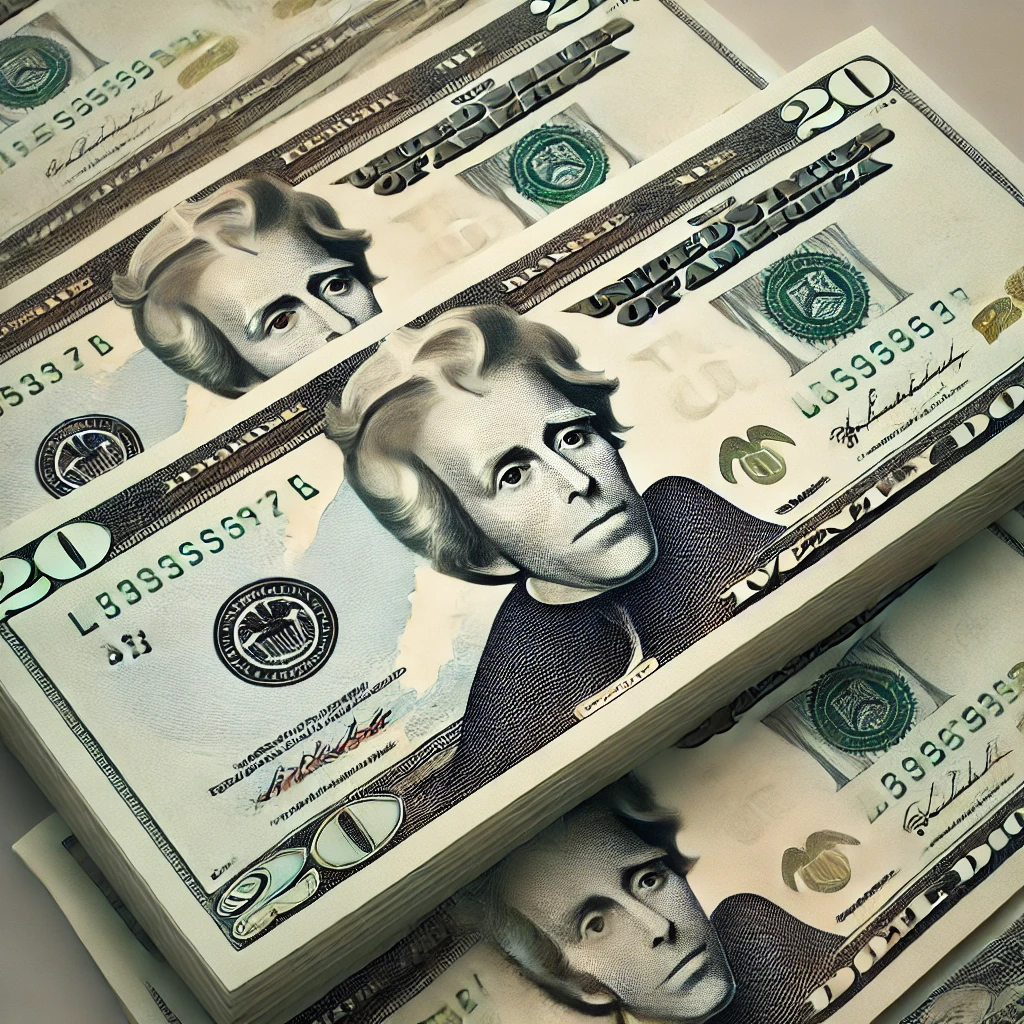
One of the most famous examples is the 1863 $20 Gold Certificate, which recently sold for over $350,000 at an auction. This bill, backed by gold, was issued during a time of great economic instability, making it a piece of financial history.
Another notable bill is the 1905 “Technicolor” $20 Gold Certificate. Known for its vibrant colors and intricate designs, it sold for $241,000 in 2005. This bill is considered one of the most aesthetically pleasing pieces of American currency ever issued.
How to Determine the Value of Your $20 Bill
If you suspect you have a valuable $20 bill, here’s how you can assess its worth:
- Check the Year of Issue: Older bills, especially those from the 1800s, are more likely to be valuable.
- Examine the Condition: Uncirculated bills or those in mint condition hold the most value.
- Look for Unique Features: Serial numbers, printing errors, or special seals can add to the value.
- Get a Professional Appraisal: Consulting with a paper currency expert can help determine the true value of your bill.
Conclusion
Old $20 bills can be worth far more than their face value, especially if they have historical significance, are in good condition, or have unique features. Whether you’re a casual collector or someone who just stumbled upon an old bill, understanding what makes these pieces of paper so valuable is crucial. The combination of rarity, history, and pristine condition can turn a simple $20 bill into a fortune.
FAQs
1. How can I tell if my $20 bill is valuable?
You can determine the value of your $20 bill by checking its year of issue, condition, and any unique features like serial numbers or printing errors. Consulting with a currency expert is recommended.
2. What is the most valuable $20 bill ever sold?
The most valuable $20 bill ever sold is the 1863 $20 Gold Certificate, which fetched $352,000 at auction.
3. Can a regular $20 bill be worth more than face value?
Yes, certain $20 bills with unique serial numbers, errors, or historical significance can be worth far more than face value.
4. Where can I sell my old $20 bill?
You can sell your old $20 bill through auction houses, currency dealers, or online platforms like eBay, but getting a professional appraisal first is highly recommended.
5. What factors affect the value of an old $20 bill?
The value of an old $20 bill is affected by its rarity, condition, serial number, historical significance, and any unique printing errors or provenance.
References
- Old Money Prices
- The Hill
- Wealth of Geeks
- Heritage Auctions
